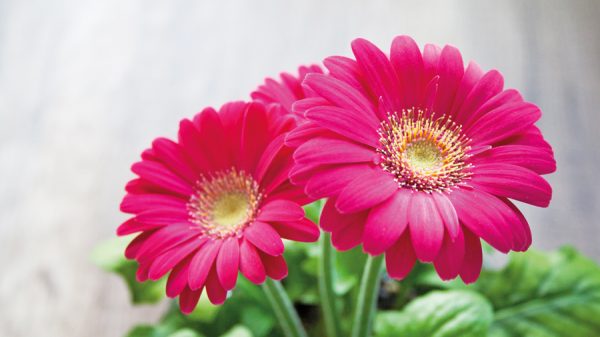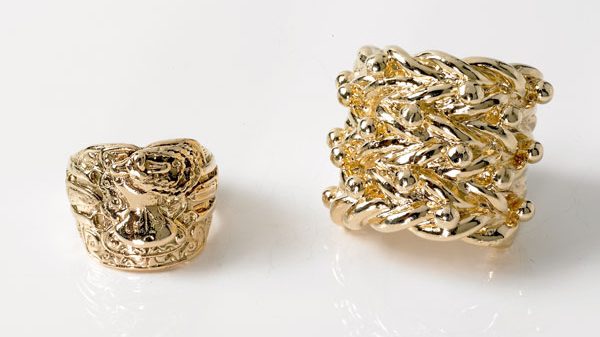There’s no doubt that it is a chilly and often wet time of year, but I refuse to call it miserable. Wrap up well and potter around the garden even if it is only for fifteen minutes, the fresh air will do you good.
January is the traditional time of year to start forcing rhubarb and for those who find the taste a little tart and the texture stringy then forcing is the way forward. Most of the rhubarb sold in shops and supermarkets is forced, producing thinner pale stems often with a yellow crinkly leaf, this indicates that the plants have been forced. Forcing is essentially excluding light from the crown of the plant causing the crown to send up thin pale shoots, these shoots are sweeter and rarely stringy great for pies, mousses, jams and my favourite, rhubarb crumble.
There are two ways of forcing, the first involves lifting the crowns and January is the perfect time to do this. Choose a day when the soil is not wet and sticky and carefully lift a rhubarb crown that has been in the ground for three to four years, taking care not to damage the fleshy tuberous roots. Shake off most of the soil and leave the plant on the surface of the soil for a couple of weeks for the frost to chill it. Once chilled carefully divide the crown into sections of root each with two or three buds on top. Take a large pot about 30cms (12 inches) diameter and about 30 – 40 cm ( 15 inches) high, place a little compost in the bottom of the pot, old compost from previous year’s patio pots is fine, it doesn’t need added feed. Pack the roots side by side, with the bud uppermost and trickle compost between to fill the air gaps firming lightly, water and leave to drain. The pot now needs to be moved into a warm place, an under-stair cupboard or under the staging of a heated greenhouse. If you are bringing the pot indoors then it is a good idea to place it on a pot saucer to avoid damaging the floor. The trick now is to exclude light from the plant by placing a thick refuse sack or tall bucket over the crown. Over the coming weeks the shoots will start to grow, check them weekly and if the compost looks dry give a little water. The stem will emerge pale and thin with a small yellow crinkly leaf on top, this is perfectly normal. When the stems are about 40 – 45cm (16 -18 inches) they can be gently pulled from the crown and used in the kitchen.
If this method seems a little too time consuming, rhubarb can be forced in situ, i.e. where the crowns are planted in the garden. The crop will be much later due to the cooler conditions but will produce the same pale tender stems. Many gardeners use a clay rhubarb forcing pot, they have a lid rather like a teapot lid so you can inspect the plant without lifting the whole pot. Two great cultivars for forcing are Timperley Early and Victoria.
The damp weather at this time of year is not the best for stored tubers such as Dahlias. I periodically check my Dahlias which I keep in shallow trays in a frost free shed over winter, as damp conditions can encourage fungal growth which in turn can cause the tubers to rot. If you removed most of the soil and keep them on the dry side they should be fine but as a precaution I dust the tubers with garden sulphur, available from the nursery or garden centre. I find that dusting them before any fungal attack is more effective than trying to treat the infection once it appears.
I can nearly guarantee that you will be experiencing some frosty mornings and whilst it is nice to have a wander around the garden it is best to avoid walking on the lawn if it is covered in frost. For those who may have mistakenly done this the tell tale signs a few days after the frost are footprint shaped darker patches, it almost looks like the chimney sweep has walked over the lawn. The lawn will recover but any damage can weaken the grass and make it more susceptible to disease.
Happy New Year Gardening,
Martin
Next Month, Pruning summer flowering shrubs, Sowing hardy annuals and planting shallots.







